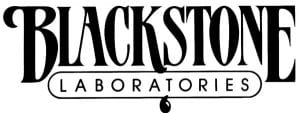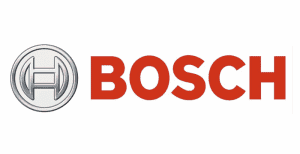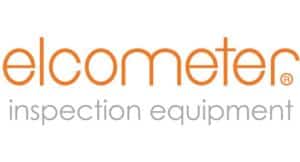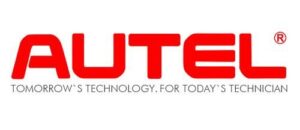Car enthusiast around the world import classic, collector and antique cars from the USA every day and many of them run into roadblocks when doing so this article is to help those overseas enthusiasts worldwide know what to expect.
Having helped many classic, collector and antique vehicle buyers from around the world with pre-purchase inspections, I have put together this brief guide for you to prepare and understand the process of importing a car from the USA.
Highly modified cars can bring about additional complications such as further inspection, rejection and additional fees. What is “highly modified”? Well, a highly modified vehicle would be a car that has had the top chopped, replacement of the front or rear panels that required the replacement of the front or rear cowl, conversion from one style of car to another such as a sedan altered into a coupe or convertible conversion or wagon into a utility vehicle. One of the toughest alterations to get imported is any change to the frame or structure altered. Cars that have had their steering changed from a left-hand to a right-hand drive or the opposite are often looked at closely and will require a further inspection once at customs. Some countries such as Australia and New Zeland allow these types of modifications IF they were performed prior to a certain date such as 1989. Some countries do NOT allow these types of modifications at all. What this means for you, the buyer is that you need an independent classic car inspector to ensure the vehicle is not modified or at least if it has been modified the work was done professionally and in a good manner.
Another major issue when it comes to importing a vehicle from the USA is it has the original engine or an engine that the vehicle was optioned for this model. Further scrutiny is placed on vehicles that have had their engines changed out for engines that the vehicle was not manufactured with. Upgrades of turbochargers, superchargers or blowers, if that was not a factory option, are not allowed. Any addition of a nitrous oxide or methane injection kits is not allowed. Any internal modifications to an engine which would increase the original output of the standard engine are not allowed. Lastly, the engine type was not available prior to 1989 such electronic fuel injection from a 2006 Chevrolet that is in a 1968 Camaro which should be carburated.
Transmission and gearbox changes also are included in the significant modification list as they often require moving cross members, changing the exhaust, changing the length of the driveshaft. Changes to the internals of the original transmission are not considered a major modification. Changing of the rear axle of the vehicle from the originally offered option is also considered a major modification. Any change of the rear wheel wells to accommodate a rear axle width change is not allowed and the installation of a final drive from a different vehicle type is considered a major modification. This is another time that an independent collector car inspection can help you determine if the vehicle has been modified or not.
The vehicle is also required to have the original steering, suspension, and rear suspension designs. There can not be any modification to the fabricated location of the spring hangers, A-Arm or Wishbone locations or modifying of the wheel hubs to accommodate suspension changes. Steering system changes from a steering gear box style to a rack-n-pinion setup is also frowned on and will get the vehicle stuck in customs leaving you with a heavy bill afterward. Modifications to the rear suspension can include changing of the springs and shocks however the system cannot be altered. In other words, the vehicle cannot have been changed from a leaf suspension system to that of a 4 or 5 link live axle system.
The braking system is another area which will land you trouble. The braking system must be standard to the vehicle as it was manufactured. If the vehicle was manufactured with drum brakes then it cannot be converted to disc brakes. Additionally, the size of the braking system cannot be modified. If the vehicle was manufactured originally with 14-inch rotors and calipers it cannot be upgraded or downgraded to a different size. Although changing the brake system is looked upon as a significant modification, it is generally not considered a major modification to upgrade the vehicle with a brake booster or grooved or drilled disc. A pre-purchase classic car inspection will help determine if the vehicle has original style brakes and what modifications have been done to the vehicle.
Some other items not listed above which are important to understanding are 1. Quality of work done to the vehicle. 2. Undercarriage condition including any signs of asbestos or hazardous coatings. 3. Proper markings including VIN tags, vehicle serial numbers, and operation odometer and speedometers.
Test Drive Technologies specializes in helping those importing vehicles from the USA. We take the extra time to speak with our clients, understand what area they are importing to, helping them look up the regulation of their country and applying specific checks into their classic car, collector car or antique vehicle inspection so they are well prepared for importing their vehicle from the USA. Please feel free to contact us by calling +1-636-388-8378, sending a text message or by emailing steve@testdrivetech.com. Alternatively, you can also use the form on the right to contact us.
The information obtained to write this article has been taken from the Department of Infrastructure and Regional Development of Australia which is one of the most strict vehicle import laws in the world. Please do your due diligence and check with your own country’s importing regulation and laws prior to purchasing a vehicle from any other country.
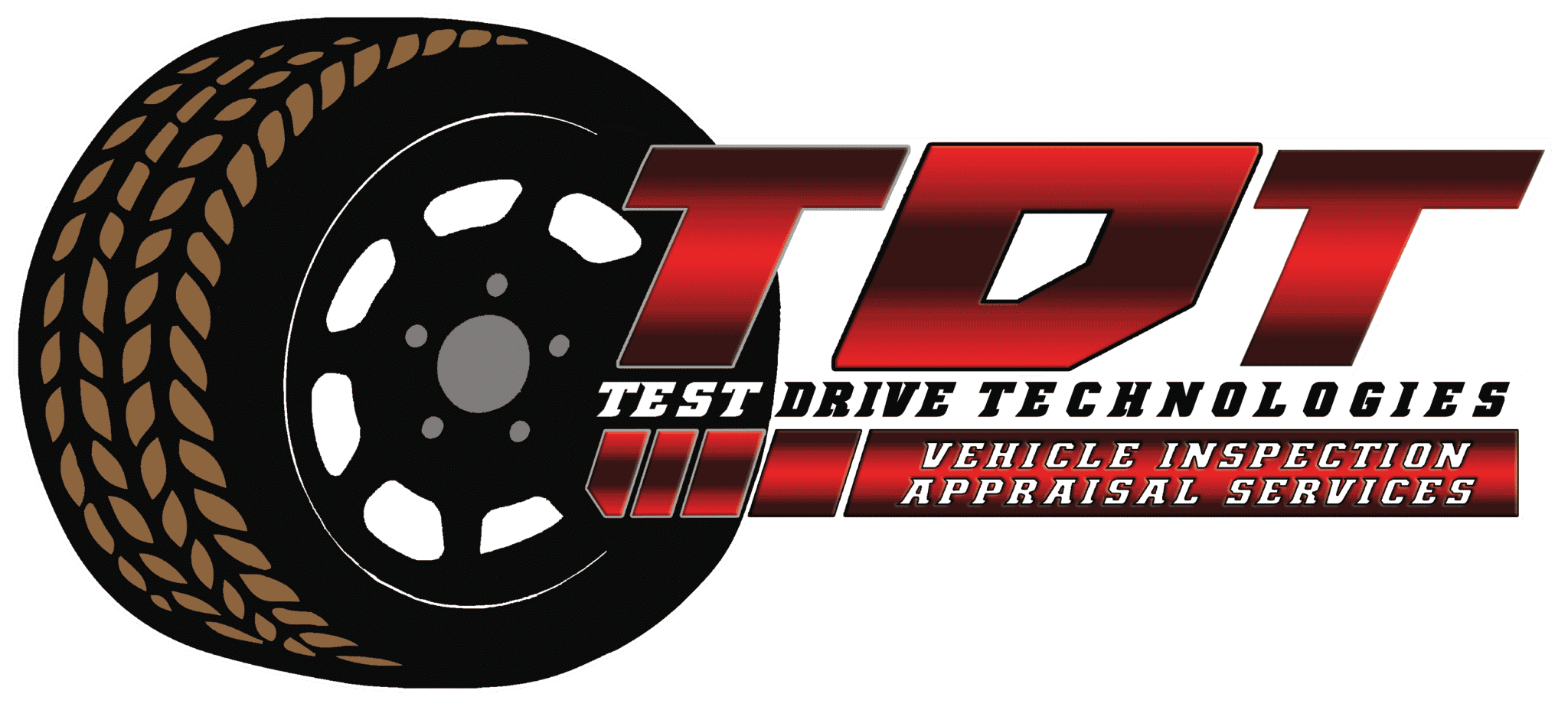
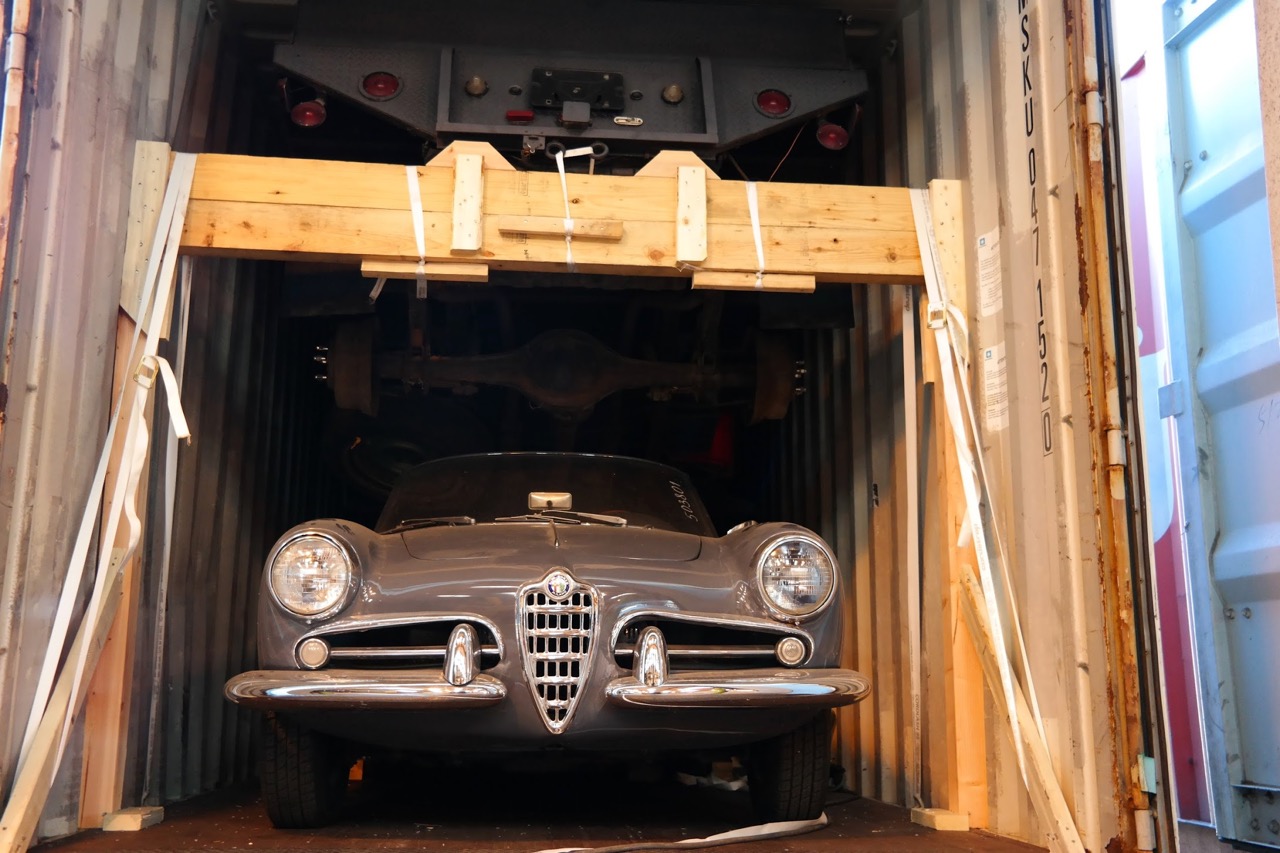
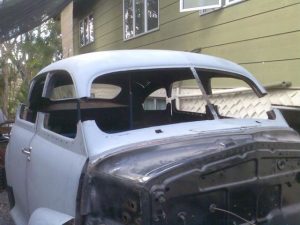 Highly modified cars can bring about additional complications such as further inspection, rejection and additional fees. What is “highly modified”? Well, a highly modified vehicle would be a car that has had the top chopped, replacement of the front or rear panels that required the replacement of the front or rear cowl, conversion from one style of car to another such as a sedan altered into a coupe or convertible conversion or wagon into a utility vehicle. One of the toughest alterations to get imported is any change to the frame or structure altered. Cars that have had their steering changed from a left-hand to a right-hand drive or the opposite are often looked at closely and will require a further inspection once at customs. Some countries such as Australia and New Zeland allow these types of modifications IF they were performed prior to a certain date such as 1989. Some countries do NOT allow these types of modifications at all. What this means for you, the buyer is that you need an
Highly modified cars can bring about additional complications such as further inspection, rejection and additional fees. What is “highly modified”? Well, a highly modified vehicle would be a car that has had the top chopped, replacement of the front or rear panels that required the replacement of the front or rear cowl, conversion from one style of car to another such as a sedan altered into a coupe or convertible conversion or wagon into a utility vehicle. One of the toughest alterations to get imported is any change to the frame or structure altered. Cars that have had their steering changed from a left-hand to a right-hand drive or the opposite are often looked at closely and will require a further inspection once at customs. Some countries such as Australia and New Zeland allow these types of modifications IF they were performed prior to a certain date such as 1989. Some countries do NOT allow these types of modifications at all. What this means for you, the buyer is that you need an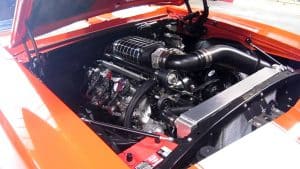 Another major issue when it comes to importing a vehicle from the USA is it has the original engine or an engine that the vehicle was optioned for this model. Further scrutiny is placed on vehicles that have had their engines changed out for engines that the vehicle was not manufactured with. Upgrades of turbochargers, superchargers or blowers, if that was not a factory option, are not allowed. Any addition of a nitrous oxide or methane injection kits is not allowed. Any internal modifications to an engine which would increase the original output of the standard engine are not allowed. Lastly, the engine type was not available prior to 1989 such electronic fuel injection from a 2006 Chevrolet that is in a 1968 Camaro which should be carburated.
Another major issue when it comes to importing a vehicle from the USA is it has the original engine or an engine that the vehicle was optioned for this model. Further scrutiny is placed on vehicles that have had their engines changed out for engines that the vehicle was not manufactured with. Upgrades of turbochargers, superchargers or blowers, if that was not a factory option, are not allowed. Any addition of a nitrous oxide or methane injection kits is not allowed. Any internal modifications to an engine which would increase the original output of the standard engine are not allowed. Lastly, the engine type was not available prior to 1989 such electronic fuel injection from a 2006 Chevrolet that is in a 1968 Camaro which should be carburated.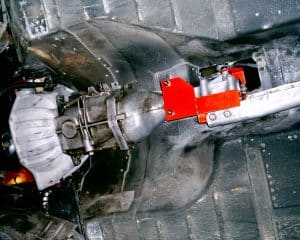 Transmission and gearbox changes also are included in the significant modification list as they often require moving cross members, changing the exhaust, changing the length of the driveshaft. Changes to the internals of the original transmission are not considered a major modification. Changing of the rear axle of the vehicle from the originally offered option is also considered a major modification. Any change of the rear wheel wells to accommodate a rear axle width change is not allowed and the installation of a final drive from a different vehicle type is considered a major modification. This is another time that an
Transmission and gearbox changes also are included in the significant modification list as they often require moving cross members, changing the exhaust, changing the length of the driveshaft. Changes to the internals of the original transmission are not considered a major modification. Changing of the rear axle of the vehicle from the originally offered option is also considered a major modification. Any change of the rear wheel wells to accommodate a rear axle width change is not allowed and the installation of a final drive from a different vehicle type is considered a major modification. This is another time that an 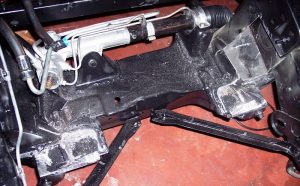 The vehicle is also required to have the original steering, suspension, and rear suspension designs. There can not be any modification to the fabricated location of the spring hangers, A-Arm or Wishbone locations or modifying of the wheel hubs to accommodate suspension changes. Steering system changes from a steering gear box style to a rack-n-pinion setup is also frowned on and will get the vehicle stuck in customs leaving you with a heavy bill afterward. Modifications to the rear suspension can include changing of the springs and shocks however the system cannot be altered. In other words, the vehicle cannot have been changed from a leaf suspension system to that of a 4 or 5 link live axle system.
The vehicle is also required to have the original steering, suspension, and rear suspension designs. There can not be any modification to the fabricated location of the spring hangers, A-Arm or Wishbone locations or modifying of the wheel hubs to accommodate suspension changes. Steering system changes from a steering gear box style to a rack-n-pinion setup is also frowned on and will get the vehicle stuck in customs leaving you with a heavy bill afterward. Modifications to the rear suspension can include changing of the springs and shocks however the system cannot be altered. In other words, the vehicle cannot have been changed from a leaf suspension system to that of a 4 or 5 link live axle system.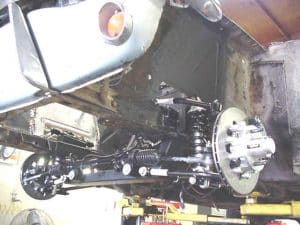 The braking system is another area which will land you trouble. The braking system must be standard to the vehicle as it was manufactured. If the vehicle was manufactured with drum brakes then it cannot be converted to disc brakes. Additionally, the size of the braking system cannot be modified. If the vehicle was manufactured originally with 14-inch rotors and calipers it cannot be upgraded or downgraded to a different size. Although changing the brake system is looked upon as a significant modification, it is generally not considered a major modification to upgrade the vehicle with a brake booster or grooved or drilled disc. A
The braking system is another area which will land you trouble. The braking system must be standard to the vehicle as it was manufactured. If the vehicle was manufactured with drum brakes then it cannot be converted to disc brakes. Additionally, the size of the braking system cannot be modified. If the vehicle was manufactured originally with 14-inch rotors and calipers it cannot be upgraded or downgraded to a different size. Although changing the brake system is looked upon as a significant modification, it is generally not considered a major modification to upgrade the vehicle with a brake booster or grooved or drilled disc. A 